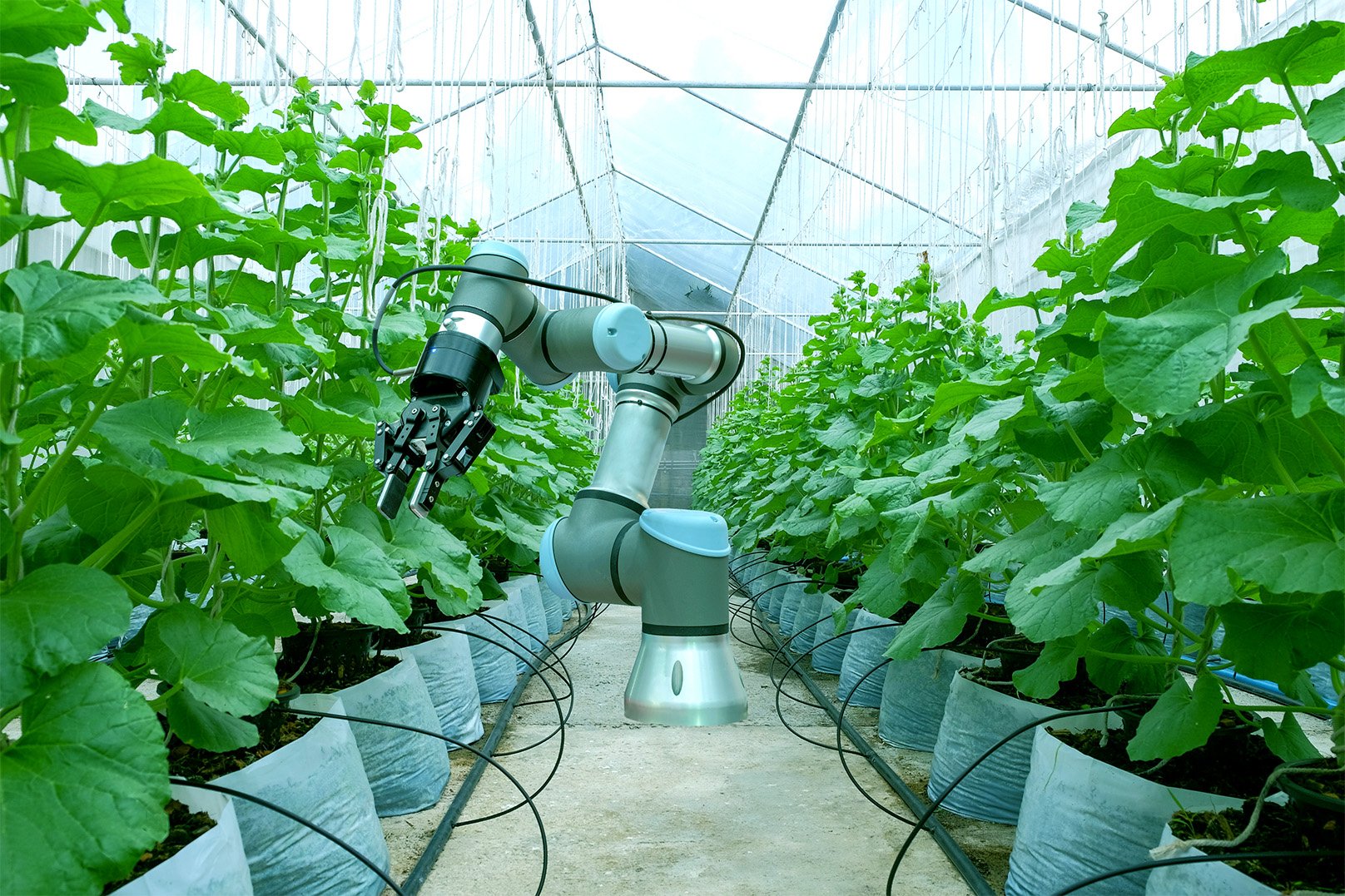Vertical Farming - The Solution to Growing Food Demands?
The Pros and the Cons
FUTURE PROOF-BLOG BY FUTURES PLATFORM
It's estimated that by 2050, global food demand will increase between around 60% to 100%. This significant increase means that we'll need to get better at increasing crop production worldwide. We're already seeing some efforts at making rural areas more efficient at crop production. But even laboratories are now attempting to solve some of these issues through lab-grown meat and other methods. Another promise, which has been frequently evoked lately, is vertical farming. But what exactly is it?
VERTICAL FARMING – THE SOLUTION TO GROWING FOOD DEMANDS?
Put simply, vertical farming is the production of food (or medicine) in vertically-stacked layers or inclined surfaces through artificial means. Instead of relying on soil and natural light to grow, artificial light and environmental controls are used. On top of that, software tools help all plants get the right amount of light, water, and nutrients.
Though it can sometimes make use of natural light, usually LEDs are used, as they faithfully reproduce sunlight.
The Pros of Vertical Farming…
Vertical farming has several advantages.
First, vertical farming is done within a controlled environment. This means that it is essentially weatherproof. No need to worry about what a given year’s season will look like, what natural disasters will strike, or anything else.
On top of that, because they use artificial light and environmental controls, crop production can occur all year round. It doesn’t matter whether it’s day or night, summer or winter. Vertical farming ensures that crops get the amount of water, light, and nutrients they need at all times.
It also helps us save water. In some cases, as techniques such as misting the roots of the plants can be used, water consumption has been reduced up to 95% when compared to traditional methods. According to another source, at least a 70% reduction compared to normal farms has been observed for most data points.
While these are some of the main advantages, there are others too. For example, due to the controlled environments, the crops are grown in, you’ll have a higher output efficiency and less spoilage. And, as they can be stacked up vertically, you also have a lot more plants per square meter. Finally, as they are protected, in most cases we can do away with pesticides and herbicides.
But of course, not all about it is good.
…and the cons.
The biggest disadvantages of vertical farming, at least at the moment, are the lack of energy efficiency and the high cost it incurs.
Andrew Jenkins provides us with an example. Writing for the Independent, he notes that lettuces traditionally heated in greenhouses in the UK need about 250kWh of energy per year per square meter. In the case of vertical farming, however, the energy consumption for the same time and space is about 3,500kWh. The vast majority of this energy spend comes from the use of artificial lighting (LEDs) and environmental controls.
Also, not everything can grow on vertical farms. While it may be reasonable to imagine some leafy greens or other vegetables being grown indoors, the same wouldn’t work for rice, wheat, potatoes, and other heavy crops.
Last but not least, it’s expensive. Very expensive. Mostly, because of the low energy efficiency. The cost of setting up a vertical farm and running it, and attracting knowledgeable experts to attend to it, while making use of expensive equipment and software, means that there would be a huge premium on anything coming out of them.
Of course, though the concept isn’t new, we’re now only in the early stages of testing it. However, at the moment, it does seem highly unlikely that vertical farming will be the solution to our growing food demand. At least as long as its costs far outweigh its benefits.
The high investment costs it requires also presents us with another challenge. As Michael Holder put it in GreenBiz, “Some potential benefits of vertical farming are hard to argue with, but in fighting so hard to make it commercially viable we may fail to consider its negative impacts, both on nature and our society, and miss the far lower hanging fruit in developing more climate-friendly and resilient outdoor farming methods.”
Nevertheless, with attempts to meet the growing food demands of the future happening on many fronts, no one can say that vertical farming won’t have its role to play.
Are you interested in future trends, developments, and other phenomena? Futures Platform's foresight radar includes all trends in this blog and hundreds more. Check it out here: Futures Platform




In the era of curated experiences, food personalisation is on the cusp of becoming the next big health and wellness solution – but at what price for the consumer, and at what cost to those experiencing food insecurity? Can the industries involved collaborate to efficiently bring these bespoke foods to market without exacerbating (or possibly even alleviating) the global food shortage?